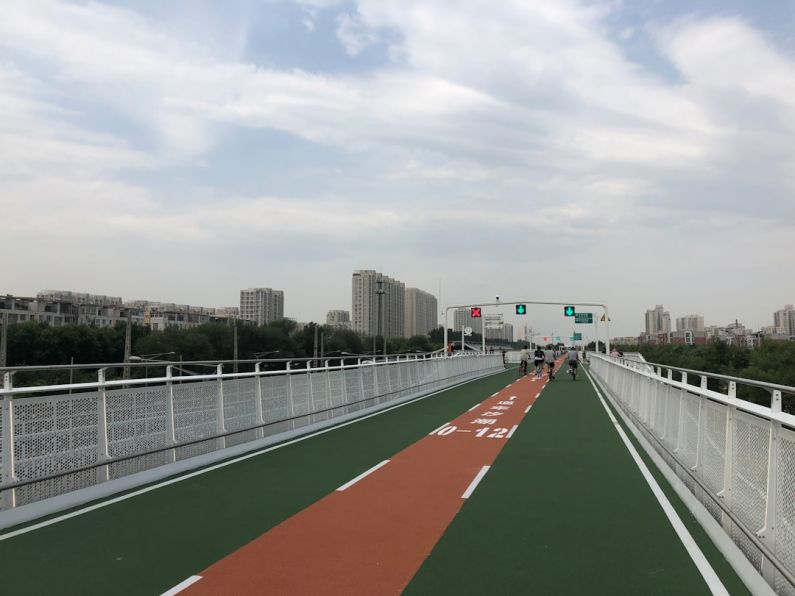Copenhagen’s Bicycle Highways: a Revolution in Urban Mobility
**Copenhagen’s Bicycle Highways: a Revolution in Urban Mobility**
Copenhagen, the capital city of Denmark, is renowned for its commitment to sustainable urban development and promotion of cycling as a primary mode of transportation. The city’s innovative approach to urban mobility has garnered international attention, with its extensive network of bicycle highways standing out as a revolutionary solution to urban congestion and pollution.
**The Rise of Bicycle Highways**
Copenhagen’s dedication to cycling infrastructure dates back to the 1960s when the city first implemented bike lanes to promote cycling as a viable transportation option. Over the years, the infrastructure has evolved, culminating in the development of dedicated bicycle highways designed to provide cyclists with safe, efficient, and direct routes throughout the city.
**Efficiency and Accessibility**
One of the key features of Copenhagen’s bicycle highways is their focus on efficiency and accessibility. These dedicated lanes are designed to offer cyclists a smooth and uninterrupted journey, free from the congestion and delays often associated with traditional roadways. By providing direct routes to popular destinations such as schools, workplaces, and shopping areas, these bicycle highways encourage more people to choose cycling as their primary mode of transportation.
**Safety and Comfort**
Safety is a top priority for Copenhagen’s bicycle highways, with dedicated lanes separated from motor vehicle traffic to reduce the risk of accidents. Additionally, the lanes are designed to be wide, well-maintained, and well-lit, ensuring a comfortable and stress-free cycling experience for commuters of all ages and abilities. These factors contribute to making cycling a safer and more appealing option for both residents and visitors to the city.
**Environmental Benefits**
The promotion of cycling as a primary mode of transportation in Copenhagen has numerous environmental benefits. By encouraging more people to cycle, the city reduces its reliance on cars, leading to lower levels of air pollution and greenhouse gas emissions. Additionally, the increased use of bicycles helps to alleviate traffic congestion, leading to a more efficient and sustainable urban transportation system.
**Health and Wellbeing**
Cycling is not only a sustainable mode of transportation but also offers significant health benefits. By incorporating physical activity into daily commutes, cyclists in Copenhagen enjoy improved cardiovascular health, reduced stress levels, and increased overall wellbeing. The city’s bicycle highways play a crucial role in promoting active living and creating a healthier urban environment for residents.
**The Future of Urban Mobility**
As cities around the world grapple with issues of traffic congestion, pollution, and limited space, Copenhagen’s bicycle highways offer a compelling model for sustainable urban mobility. By prioritizing cycling infrastructure and promoting a culture of cycling, cities can reduce their environmental impact, improve public health, and create more livable urban spaces for their residents.
**In Summary**
Copenhagen’s bicycle highways represent a revolution in urban mobility, showcasing the transformative power of sustainable transportation solutions. By prioritizing cycling infrastructure, the city has created a model for other urban centers to follow, demonstrating the potential for cycling to play a central role in the future of urban transportation. As cities seek to address the challenges of congestion, pollution, and public health, Copenhagen’s approach to promoting cycling offers a roadmap for creating more sustainable and vibrant urban environments.






